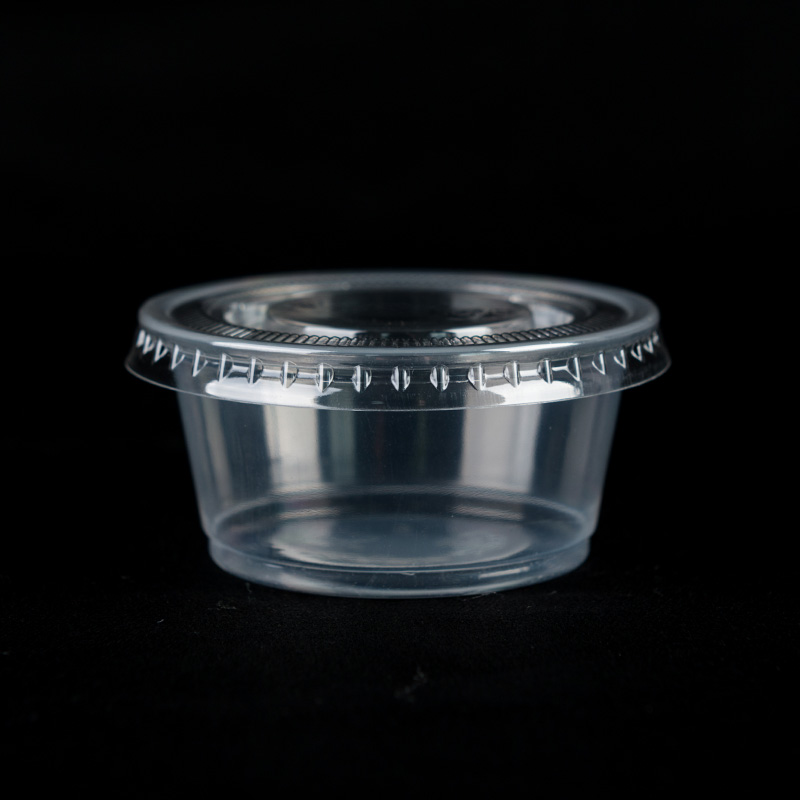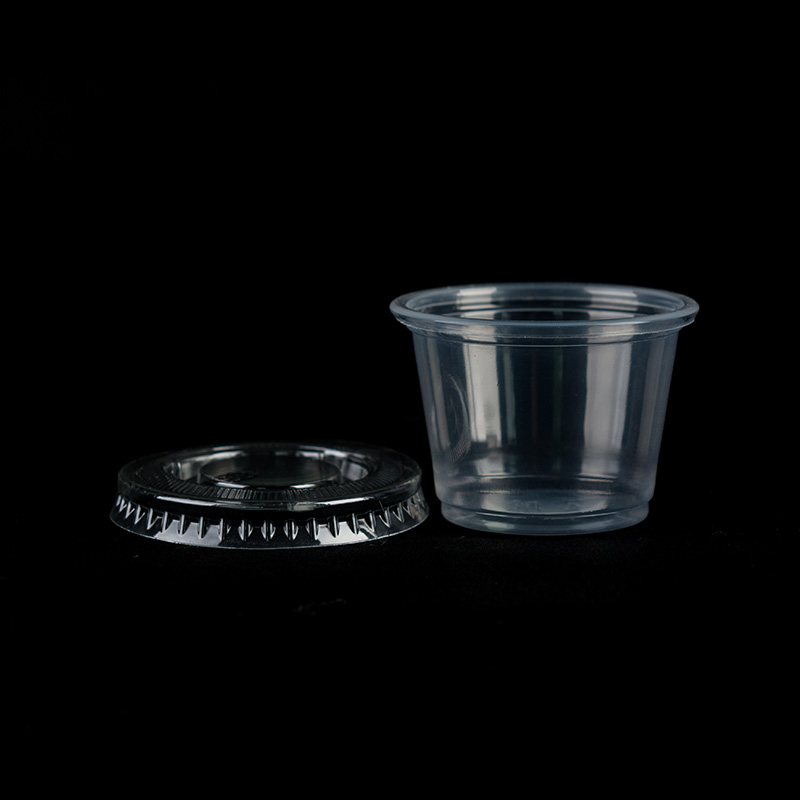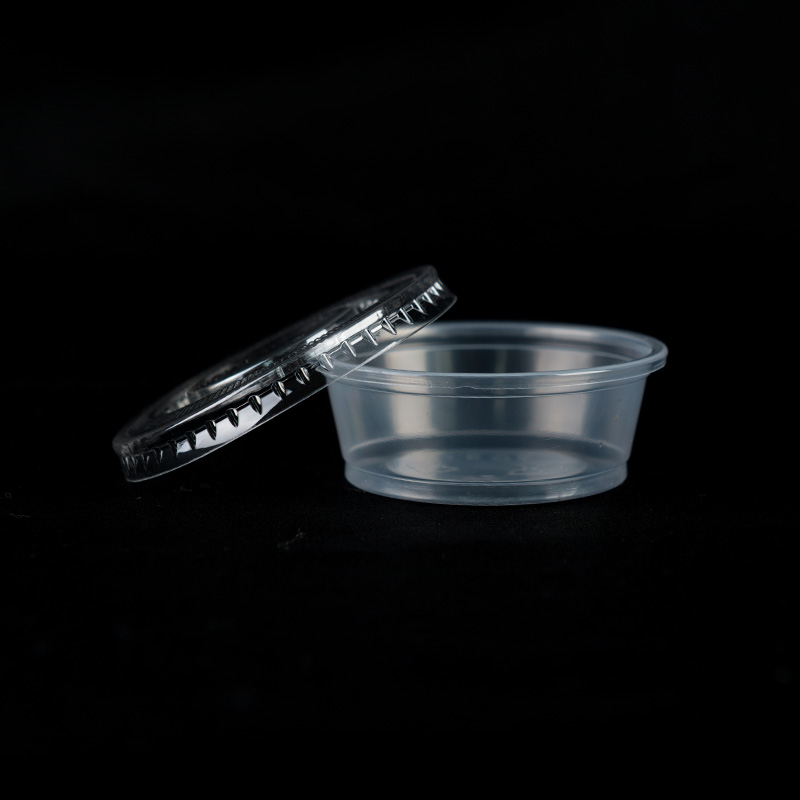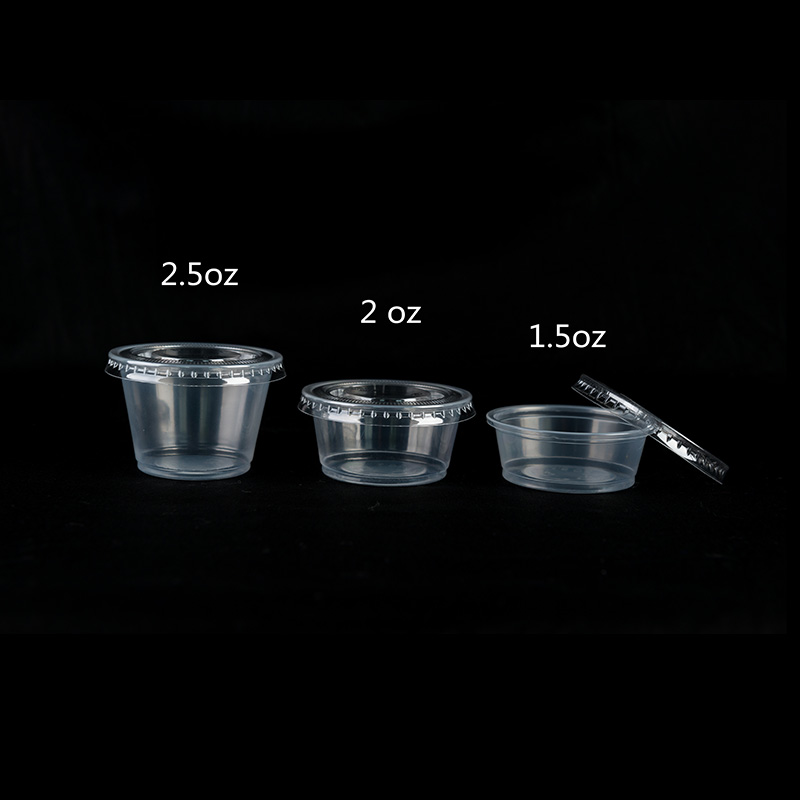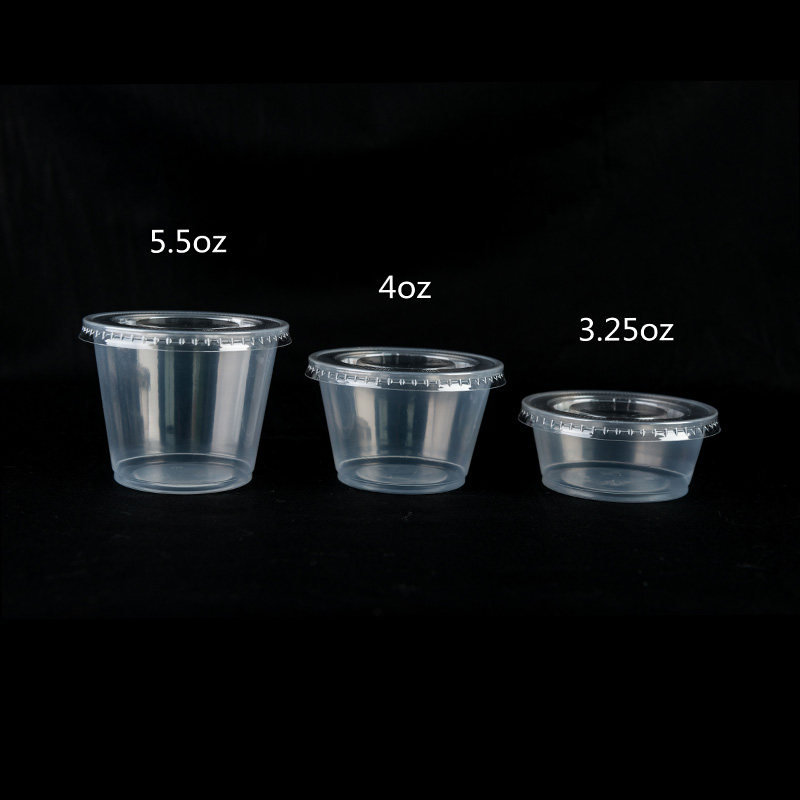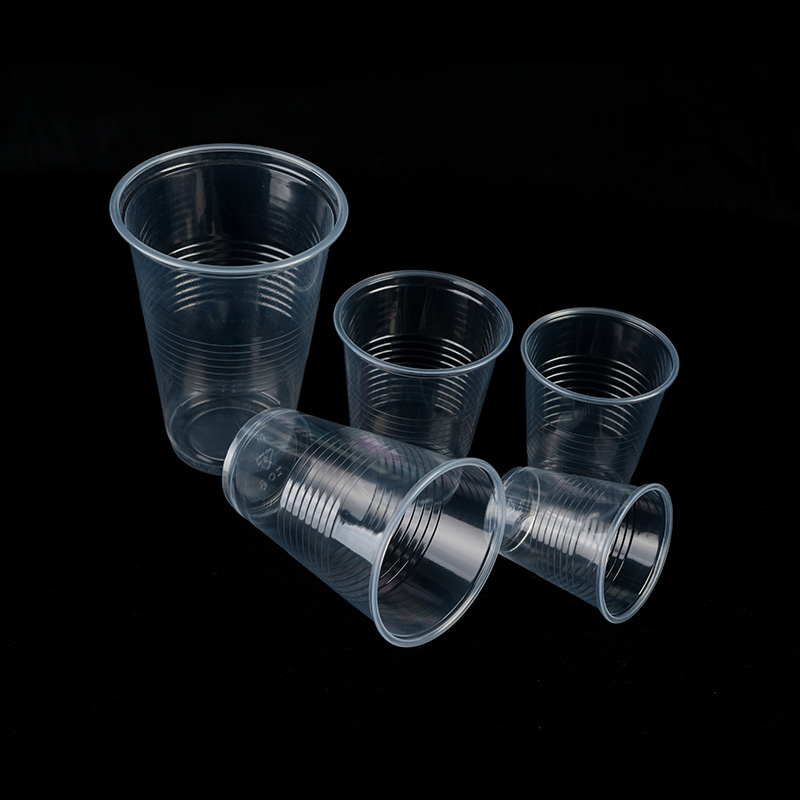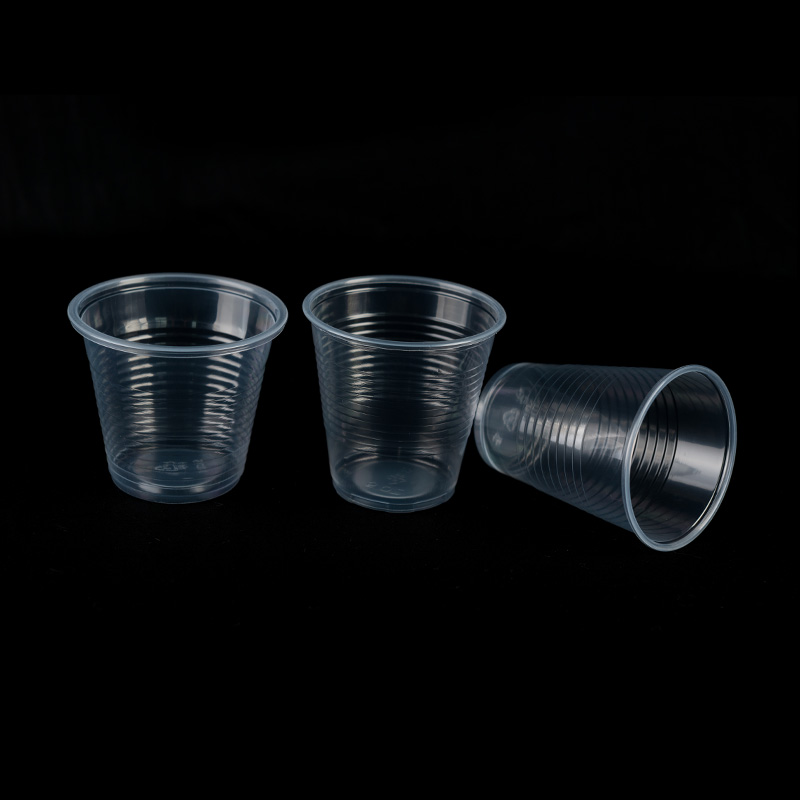Disposable plastic beverage drinking cups have long been a staple in the food service industry, providing a convenient and cost-effective solution for serving drinks. However, with growing environmental concerns, the industry is undergoing a transformation. This article will discuss the latest trends, innovations, and challenges facing the disposable plastic beverage drinking cup market.
The demand for disposable plastic beverage drinking cups has been on the rise, driven by the convenience they offer to consumers and businesses alike. These cups are widely used in food courts, cafes, restaurants, and at events, making them a common sight in our daily lives. However, the environmental impact of these cups has become a significant concern, prompting the industry to seek sustainable alternatives.
Innovations in Disposable Plastic Beverage Drinking Cups:
1. Biodegradable Materials: In response to environmental concerns, manufacturers are developing disposable plastic beverage drinking cups made from biodegradable materials. These cups are designed to break down naturally over time, reducing their impact on landfills and the environment.
2. Recyclable Plastics: Another innovation is the use of recyclable plastics in the production of disposable cups. These cups are made from materials that can be easily recycled, ensuring that they can be repurposed into new products after use.
3. Reusable Alternatives: Some companies are moving away from disposable options altogether, offering reusable plastic cups that can be washed and used multiple times. This not only reduces waste but also provides a more sustainable solution for businesses.
4. Cup Design: Manufacturers are also focusing on the design of disposable plastic beverage drinking cups to make them more user-friendly and visually appealing. This includes ergonomic shapes, improved grip, and clear visibility of the drink contents.
Challenges and Market Trends:
1. Regulatory Pressure: Governments around the world are implementing stricter regulations on single-use plastics, which is affecting the disposable plastic beverage drinking cup industry. Manufacturers are under pressure to comply with these regulations or risk facing penalties.
2. Consumer Awareness: As consumers become more environmentally conscious, there is a growing demand for sustainable alternatives to disposable plastic beverage drinking cups. This trend is driving innovation and forcing companies to rethink their product offerings.
3. Cost Considerations: While the initial cost of disposable plastic beverage drinking cups is low, the long-term environmental and social costs are becoming more apparent. Businesses are now considering the total cost of using these cups, including disposal fees and the impact on their brand reputation.
4. Circular Economy: The concept of a circular economy, where waste is minimized and resources are reused, is gaining traction. This approach is influencing the disposable plastic beverage drinking cup industry, with companies looking for ways to incorporate this philosophy into their products and processes.
The disposable plastic beverage drinking cup industry is at a crossroads. As environmental concerns continue to grow, manufacturers are being forced to innovate and adapt. The future will likely see a shift towards more sustainable options, with disposable plastic beverage drinking cups being replaced by biodegradable, recyclable, or reusable alternatives. However, the transition will not be without its challenges, as businesses and consumers alike navigate the complexities of this evolving market.



 English
English عربى
عربى
